Dee Runk Boxwood
$44.50 Original price was: $44.50.$31.15Current price is: $31.15.
- Free Shipping over $25
- Fast & reliable delivery options
- Enjoy top quality items for less
- Multiple safe payment methods

There is a place in every garden for boxwood plants, with their neat, evergreen foliage and ease of growth. From low clipped hedges to balls and spirals, or unclipped mounds of green, they find a welcome place in gardens of every style. When it comes to upright conical forms, the Dee Runk Boxwood is the top pick, something that the experts agree on, because it has consistently been ranked as the number one upright variety at the National Boxwood Trials. It naturally grows into a slender cone, eventually reaching 10 or 12 feet in height, but staying less than 3 feet wide at the base. Its slender form is a perfect accent in a bed, and it looks great growing among other evergreens in the foundation planting around your home, or out in the garden.
The Dee Runk Boxwood has small, oval leaves arranged in pairs all along the stems. They are between ½ and 1 inch in length, and about ¼ inch, or a little more, wide. They are a bright, light green, with a smooth, glossy surface, and they always look fresh and green, giving an attractive overall appeal to the plant. It naturally grows with vertical branches, forming a narrow cone, broadest at the base, and especially when young and grown without clipping, having a long, tapering upright tip. While this shape can, with difficulty, be achieved by clipping other varieties, the great virtue of the Dee Runk Boxwood is that it does this all by itself, with no need for any help from us. It naturally develops a dense, tight structure, again without the need for clipping.
Growing Dee Runk Boxwoods
Use the Dee Runk Boxwood to fill narrow spaces in your beds, and among other spreading shrubs. Plant a pair on either side of a doorway or entrance for an attractive formal look, and an inviting welcome. Use it in beds to create those essential vertical accents that give rhythm and pace to your planting arrangements. It is also a wonderful choice for planters and pots, either alone for a cool, modern feel, or surrounded with tumbling plants and flowers, for a more traditional, romantic look. Plant a row along those awkward narrow spaces between a path and a fence or wall, which can be hard to fill with plants that give height and privacy. Every garden needs vertical effect, and so every garden has a place for the Dee Runk Boxwood.
Planting and Initial Care
Grow the Dee Runk Boxwood in full sun in cooler zones, and in partial shade in warmer areas. It will also grow in full shade, and survive well, but the growth will be thinner and more open, although still attractive. It grows well in almost any soil, which is one of the virtues of boxwood in general. Apart from extremely sandy soils, or very heavy clays, it will thrive in any well-drained soil. It naturally prefers alkaline soils which is a great thing if you live on chalk or limestone, but it grows equally well on neutral or mildly acidic soils. It will grow between 3 and 6 inches a year, so that in 10 years it will be about 5 feet tall and 1 foot wide, reaching 10 feet tall and 3 feet wide in about 25 years.
Although the Dee Runk Boxwood will keep its conical form naturally, there are some good reasons to trim it from time to time. If you regularly have snow in winter, then it is possible that the weight of snow or ice may pull branches outwards, and break them, or at least spoil that beautiful form. A light clipping in late winter or early spring will encourage a denser growth habit, that will shed snow and ice better, preventing breakage. Every 3 to 5 years, give your tree a heavier trim, to keep it tight, and to prevent the development of long branches that can more easily be broken. This simple care will give you fantastic plants that always look great, and live for many, many years in perfect condition.
Boxwoods can suffer from pests and diseases, but there is a lot of variation between the different varieties in this. The Dee Runk Boxwood is moderately resistant to the two big problems – boxwood leaf miner and boxwood blight. It may still have problems, and need some treatment, but it is much less likely to need this than with many other varieties. For example, the other popular upright variety called ‘Graham Blandy’, is much more prone to Phytophthora root rot, browning of the foliage, and other problems. Dee Runk Boxwood is also generally resistant to deer.
History and Origins of the Dee Runk Boxwood
The Dee Runk Boxwood is a variety of the American boxwood, Buxus sempervirens. This plant in reality comes from Europe and England, but it was brought over by the early settlers, and became ‘American’. It is different from the much smaller English boxwood, although they are the same species. This plant is hardy from zone 5 to zone 8 and possibly zone 9. For colder zones we recommend hardier varieties derived from the Japanese or Korean boxwoods. See our boxwood section for top-rated cold-hardy varieties. However, if you live in zones 5 or warmer, the American boxwood is superior, and the top choice. The University of Virginia has a horticultural research facility called Blandy Farm, and the development of boxwoods is something they have given a lot of attention to. The variety called ‘Dee Runk’ was created there, and it is named after the Dean of Students at that time, Benjamin Franklin Dewes Runk, who was a great lover and connoisseur of boxwood. He was known to the staff and professors as ‘Dee’, and so we have ‘Dee Runk’.
Always rated highly, this variety is also always in high demand, and our limited stock, guaranteed to be the correct variety, will soon be gone. Order now and bring those beautiful boxwood vertical accents to your garden, while we can still satisfy your order.
Be the first to review “Dee Runk Boxwood” Cancel reply
Related products
Knock Out® Roses
Rhododendron
Butterfly Bush
Butterfly Bush
Butterfly Bush
Drift® Roses
Butterfly Bush
Boxwood Shrubs

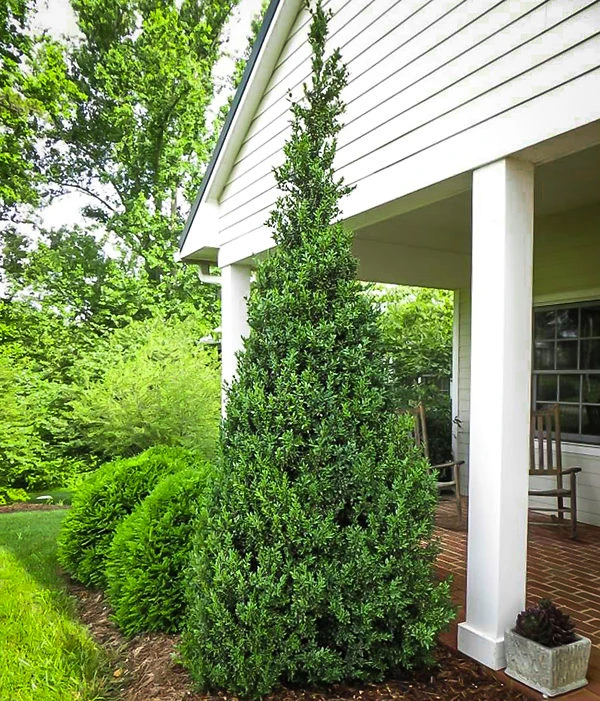

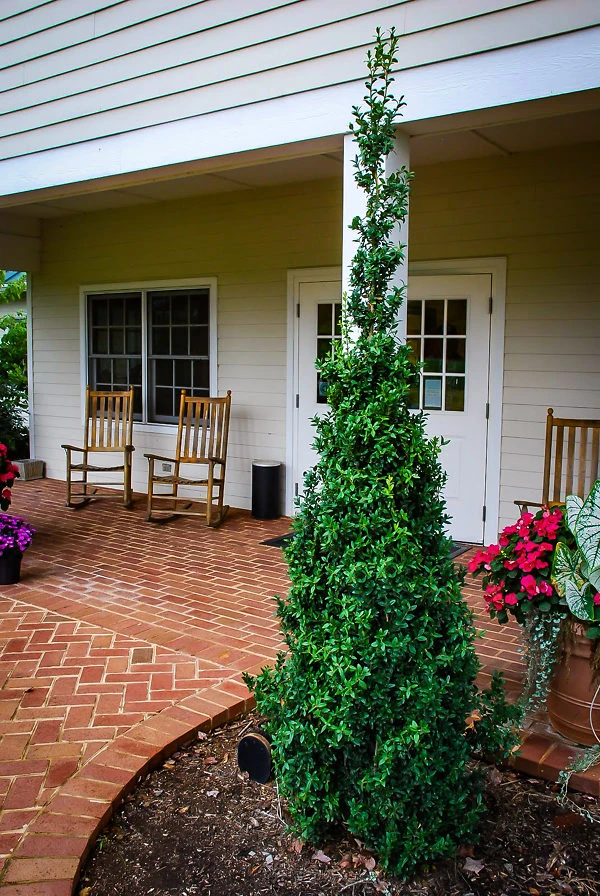




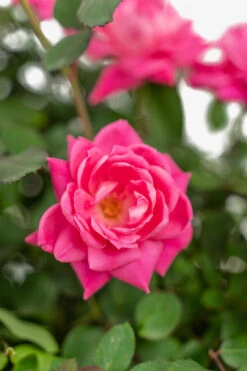
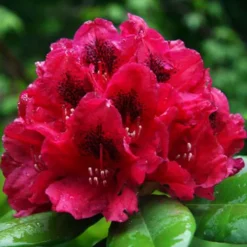


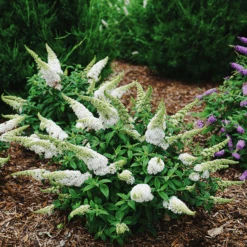

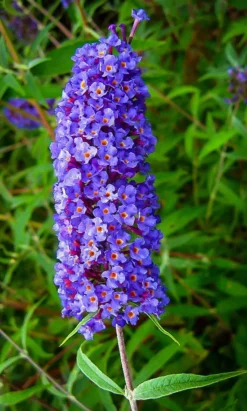


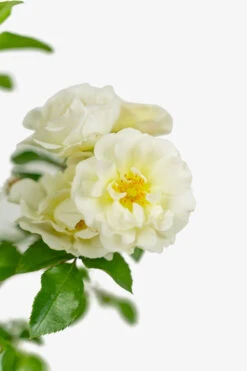
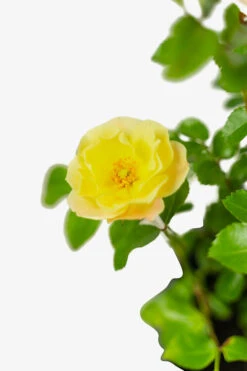




Reviews
There are no reviews yet.